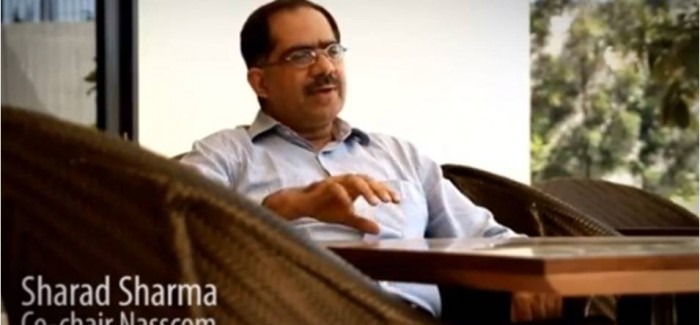IP-based Successes from India: Bajaj, Vigyanlabs, Praj & NCL
We have several examples of this trend. My favourite one is of Bajaj Auto. As a scooter maker, Bajaj restricted itself to making cosmetic changes to the Chetak. But after it entered the much more competitive motorcycle space, it came up against powerful competitors like Honda (at that time in the Hero Honda JV). After several unsuccessful attempts to adapt Kawasaki’s bikes to the Indian market, Bajaj was finally successful when it developed and launched the Pulsar around 2001. The Pulsar offered power and style at a reasonable price and operating cost to a new young generation of bike riders who wanted something more than the efficiency of Hero Honda’s Splendor. At the heart of the Pulsar’s engine, was Digital Twin Spark Ignition (DTSi) technology, a patented method of overcoming the traditional trade-off between power and fuel-efficiency. The DTSi patent itself has been the subject of litigation over questions of novelty and non-obviousness, but the Bajaj Pulsar is certainly a landmark in terms of a successful Indian product riding on IP covered by a patent.
In some of my earlier posts, I wrote about other companies that are doing a good job of IP-based innovation. Vigyanlabs, winner of the 2013 Nasscom award for technology innovation, has a novel solution to reduce power consumption in data centers – the core of this is covered by a US patent. Praj Industries started by developing improved continuous process technologies for fermentation of cane molasses, but is today doing research at the molecular level so that it can convert different types of waste into next generation biofuels. Praj already has patents covering processes to produce ethanol from lignocellulosic material, and I presume more patent applications will follow.
Our public research institutions have also been successful in creating core IP that is at the heart of commercial products. To give just one example, Dr. Sivaram and his team at the National Chemical Laboratory (NCL) created a microencapsulation technology covered by 6 US patents that is today being used by Procter & Gamble in their high end Downy fabric softeners for controlled release of perfume that lasts many days after the clothes have been washed.
Yet, Challenges Remain…
I recently met Anjan Mukherjee, co-founder of HyCa Technologies. HyCa has been a pioneer in the development of hydrodynamic cavitation, a technology that has applications in areas as diverse as treatment of effluents and ballast water. Anjan and his team have won several awards, and been invited as guests of different countries. But, commercialization on a big enough scale has eluded HyCa so far. One of the main reasons for this is the absence of an effective public procurement system for new technologies. While in most countries public procurement helps in certifying and establishing locally-developed technologies, in India the rules of public procurement are loaded against the purchase of novel technologies developed in India.

Many Challenges are Ubiquitous
But, in fairness to the Indian environment, some challenges in IP-based product development exist everywhere. Even in the US, the assumed Shangri La for new product development. I often relate the story of Robert Kearns, who invented the first intermittent windshield wiper. He applied for a patent, and then offered his technology to the automotive majors. They didn’t license his technology, but introduced similar products of their own some years later. Kearns sued Ford and Chrysler, but won a pyrrhic victory– by the time he won in the courts, he suffered several personal losses. If this David vs. Goliath battle can play out in the US, one can only imagine the challenges of defending one’s patents in India.
Apart from the IP itself, there is the importance of the possession of complementary assets in getting value out of IP. In many industries including biotech-based Pharma, in order to make money you need to have a good understanding of the regulatory process, staying power and resources to complete trials and the ability to market your product if you want to capture a major part of the value created by your IP.
Conclusions
India has the potential to build IP-based, product businesses. We have people with ideas, in many areas we have people who have gained deep expertise, and access to funding is improving.
But there are serious weaknesses as well including the absence of support from public procurement, regulatory gaps, absence of specialised funders, and shortages of talent, and infrastructure that can be used on a shared, chargeable basis.







